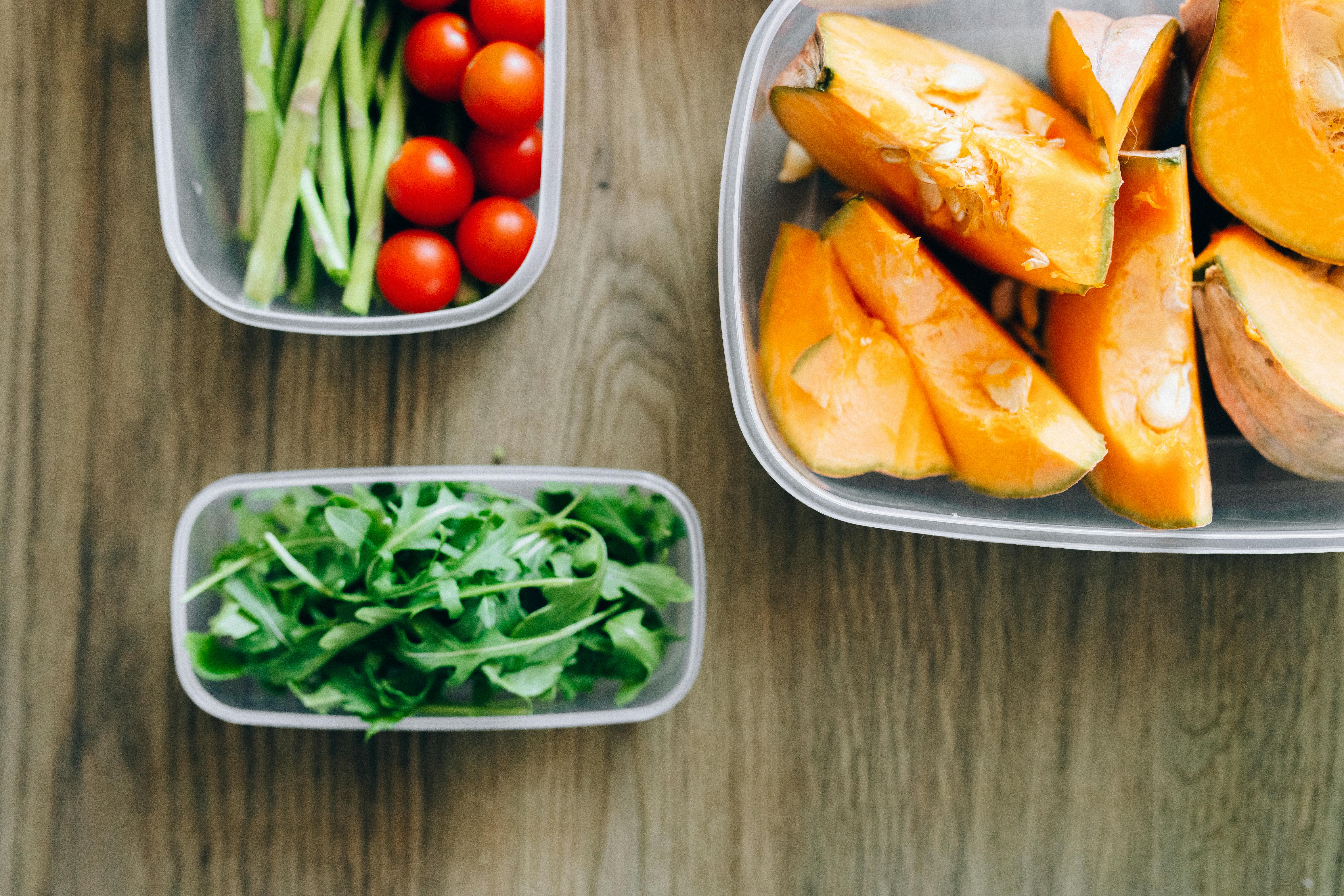With the advancement of technology, more and more building materials appear on the market. There are different types of MDF, which can be used in construction work and finishing panels for wall/ceiling finishing or furniture manufacturing. Wood paneling is popular with designers as this material is used for decorative panels and window frames, aesthetically appealing and durable interior sash doors. Many builders use MDF boards and MDF T-beams – they put them inside the beams when creating the floors in the process of monolithic construction works. Most often they make the ceiling sheathing out of a waterproof MDF modification for better protection of oil-based coated paints.
But most of the MDF boards are applicable in the furniture industry. Developed with a technique of bending structural elements from glued wood fibers, they are good for making chairs or an elegant headboard with this material. As a rule, all furniture for rooms with high air humidity (bathrooms, kitchens) is made of veneer or laminated MDF.
For the manufacture of MDF boards, low-quality wood and wood waste (chips, slabs) are usually used. The resulting product meets all the necessary requirements for modern building material: it is ecologically safe, durable and easy to mill and has other mechanical processing.
Furthermore, MDF is suitable for applying various decorative films or laminating a natural veneer.
Due to these characteristics, MDF is the ideal material for the realization of personalized designs. The use of this type of plates is becoming more and more common, so it can be thought that MDF is the material of the future furniture and carpentry industry.
High-tech and physical-mechanical performance, environmental friendliness and reasonable price provide the growing popularity of choosing to use MDF boards in various applications. MDF is deprived of one of the main disadvantages of natural wood – the heterogeneity of properties and natural defects. Unlike plywood, MDF is much less warped; It has a higher density and a smaller thickness variation. Compared to particle board, MDF has higher strength and density, a smoother surface finish, and high moisture resistance.
The convenient format and a wide range of thicknesses of MDF allow it to be used both in the manufacture of furniture and in construction.
MDF is widely used in the construction industry, replacing more expensive wood panel materials.
Providing high sound absorption and thermal insulation of premises, MDF has been successfully used for the manufacture of wall panels, partitions, doors and various materials for interior decoration.
Due to its high density, MDF is an excellent material for the manufacture of joinery, laminate flooring and moldings.
The minimum values of variable thickness made of MDF are especially popular for smoothing walls and laying rough floors.
MDF is an ideal material for furniture: cabinets, kitchens, offices, custom furniture, and business equipment.
MDF is widely used for the production of furniture panels, furniture elements, countertops. Due to the high strength of MDF it is much better than DSP at holding up furniture hardware.
High moisture resistance and resistance to temperature fluctuations allow it to be used in the manufacture of kitchen and bathroom furniture, commercial, medical and laboratory equipment.
The processing possibilities of different types of MDF significantly expand its application in the design and development of furniture design.
Here are 10 creative ways to use MDF board.
1) Bent parts for interior decoration;
2) Manufacture of window frames;
3) Wooden moldings for construction (baseboards, cornices, skirting boards, architraves, moldings, etc.);
4) Wall panels;
5) Roof panels;
6) The alignment of the walls and their preparation for the final finish;
7) Partitions in office and residential premises, creating arches, columns and other interior elements;
8) Thermal and acoustic insulation;
9) Production of interior doors with decorative relief;
10) Door production (under the decorative foil, veneer or painting, etc.).
